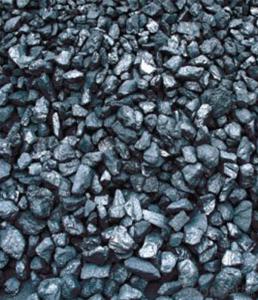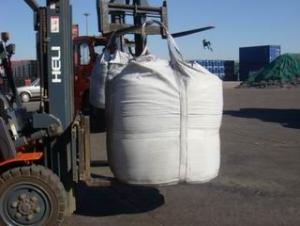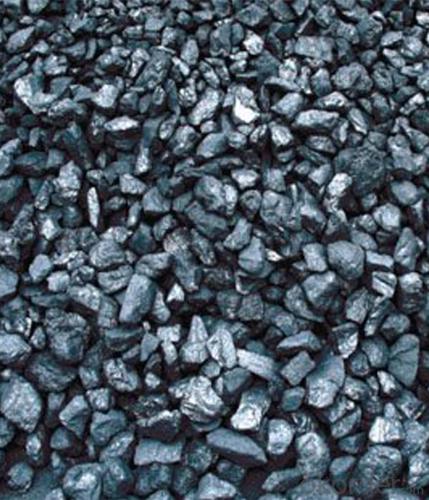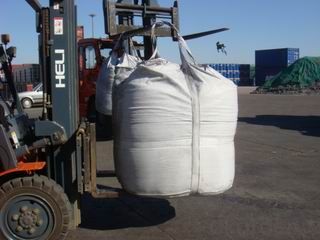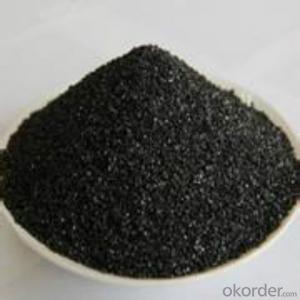FC 94% Carbon additive
- Loading Port:
- China Main Port
- Payment Terms:
- TT OR LC
- Min Order Qty:
- -
- Supply Capability:
- -
OKorder Service Pledge
OKorder Financial Service
You Might Also Like
General Specification of Calcined Anthracite:
PARAMETER UNIT GUARANTEE VALUE | |||||
F.C.% | 95MIN | 94MIN | 93MIN | 92MIN | 90MIN |
ASH % | 4MAX | 5MAX | 6MAX | 7MAX | 8MAX |
V.M.% | 1 MAX | 1MAX | 1.5MAX | 1.5MAX | 1.5MAX |
SULFUR % | 0.5MAX | 0.5MAX | 0.5MAX | 0.5MAX | 0.5MAX |
MOISTURE % | 0.5MAX | 0.5MAX | 0.5MAX | 0.5MAX | 0.5MAX |
Size can be adjusted based on buyer's request.
Calcined Anthracite can be widely used in Steel making, Chemical and are used to produce carbon materials.
Pictures of Calcined Anthracite:

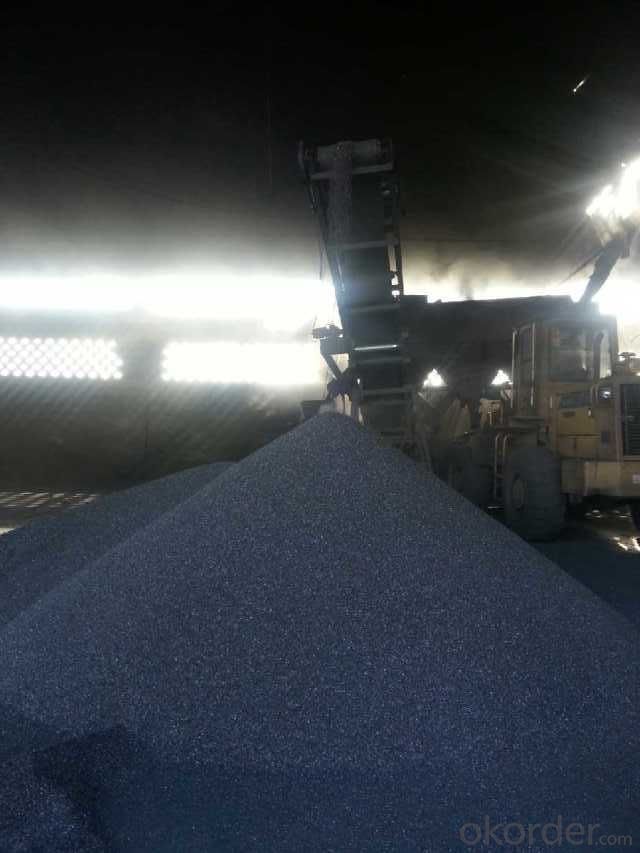


We can supply below furnace charges, please feel free to contact us if you areinterested in any of any of them:
Calcined Anthracite with fixed carbon from 90% to 95%
CPC/GPC
Carbon electrode paste
- Q: How about Zonta carbon technology
- Never go, unless you are a bully, and will mix, inside mess
- Q: How can individuals reduce their carbon footprint?
- Achieving a more sustainable future and reducing our carbon footprint can be accomplished through various actions. Consider the following effective methods: 1. Energy consumption reduction: The conservation of energy plays a vital role in decreasing carbon emissions. Make the switch to energy-efficient appliances, turn off lights when not in use, unplug electronics when not in use, and take advantage of natural lighting whenever possible. Additionally, adjusting thermostats to energy-saving temperatures and utilizing programmable thermostats can significantly decrease energy consumption. 2. Utilize renewable energy sources: A transition to renewable energy sources, such as solar or wind power, can drastically reduce carbon emissions. Install solar panels on rooftops, or explore the option of purchasing green energy from utility companies that provide renewable alternatives. 3. Decrease water usage: Indirectly, conserving water aids in reducing energy consumption and carbon emissions. Repair leaky faucets, shorten shower durations, install water-saving fixtures, and gather rainwater for outdoor activities. Additionally, consider implementing drought-resistant landscaping to minimize water usage for gardening purposes. 4. Consume mindfully: When making purchases, opt for sustainable choices. Select durable and long-lasting items, repair and reuse rather than replacing, and prioritize products made from recycled or sustainable materials. Furthermore, support local and sustainable businesses that prioritize eco-friendly practices. 5. Minimize transportation emissions: Reduce reliance on private vehicles by utilizing public transportation, carpooling, biking, or walking whenever feasible. If owning a car is necessary, choose electric or hybrid vehicles. Regular maintenance, proper tire inflation, and avoiding unnecessary idling all contribute to decreasing transportation emissions. 6. Embrace a plant-based diet: The food industry has a considerable carbon footprint, particularly due to livestock production. By reducing meat consumption or adopting a plant-based diet, carbon emissions can be significantly reduced while also offering health benefits. If a complete plant-based diet is not feasible, try incorporating more vegetarian or vegan meals into your eating habits. 7. Decrease waste generation: Waste contributes to greenhouse gas emissions, making waste reduction crucial. Opt for products with minimal packaging, diligently recycle, compost organic waste, and avoid single-use plastics. Plan meals, only purchase what is needed, and properly store leftovers to minimize food waste. 8. Support environmental initiatives and organizations: Engage with local and global organizations dedicated to environmental conservation. Take part in community clean-ups, support reforestation efforts, and advocate for sustainable practices in your workplace and community. By implementing these strategies into our daily lives, individuals can make a significant impact in reducing their carbon footprint and combating climate change. It is important to remember that every small action matters, and collectively, we can create a sustainable future for future generations.
- Q: What are the consequences of increased carbon emissions on human health?
- Increased carbon emissions have numerous consequences on human health. Firstly, carbon emissions contribute to the formation of air pollution, specifically fine particulate matter (PM2.5) and ground-level ozone, which can lead to respiratory issues such as asthma, bronchitis, and other respiratory diseases. Additionally, exposure to air pollution from carbon emissions has been linked to an increased risk of cardiovascular diseases, including heart attacks and strokes. Moreover, carbon emissions contribute to climate change, resulting in more frequent and intense heatwaves, extreme weather events, and the spread of infectious diseases. These phenomena can have direct and indirect impacts on human health, leading to heat-related illnesses, injuries, mental health issues, and the displacement of communities. Overall, the consequences of increased carbon emissions on human health are significant and require urgent action to mitigate their effects.
- Q: How is carbon used in the medical field?
- Carbon is used in the medical field in various ways. It is commonly used in medical imaging techniques such as positron emission tomography (PET) scans, where radioactive carbon isotopes are used to track the movement and metabolism of substances within the body. Carbon is also utilized in the production of medical implants and devices, including artificial heart valves, pacemakers, and prosthetics. Additionally, carbon-based materials are being researched for drug delivery systems, tissue engineering, and as components of medical sensors and electrodes.
- Q: How is carbon stored in the Earth's crust?
- Carbon is stored in the Earth's crust through various geological processes such as the formation of sedimentary rocks, the burial of organic matter, and the formation of fossil fuels. These processes involve the accumulation and preservation of carbon-rich material over millions of years, resulting in the storage of carbon in the form of minerals, organic compounds, and hydrocarbons within the Earth's crust.
- Q: What's the difference between blue and red Panasonic batteries (carbon)?
- Blue is leak, proof, general, Purpose, general use battery (leak proof)Red is the long life long life battery (suitable for watches and clocks and other small power appliances)And heavy duty green seems to be good for high power appliances, such as toy cars
- Q: What is carbon coffee fiber?
- The carbon coffee fiber uses the coffee residue left after the coffee and is made into crystal by calcining, then ground into nanometer powder and added to the polyester fiber to produce a functional polyester staple, a coffee carbon fiber. Its main functions are bacteriostasis, deodorization, divergence of negative ions and anti ultraviolet rays.
- Q: What is carbon nanocomposite?
- A carbon nanocomposite is a material that combines carbon nanotubes or graphene with a matrix material like polymers or metals to form a composite material. Usually, small amounts of carbon nanotubes or graphene, often in the form of nanoparticles, are added to improve the mechanical, electrical, and thermal properties of the composite material. Carbon nanotubes are cylindrical structures made of carbon atoms arranged in a hexagonal lattice, while graphene is a single layer of carbon atoms arranged in a two-dimensional lattice. These carbon-based materials have exceptional properties, such as high strength, electrical conductivity, and thermal conductivity. When incorporated into a composite material, these properties can be transferred to the overall structure, resulting in improved performance. Various industries and applications have explored the use of carbon nanocomposites. For instance, in aerospace, researchers have investigated these materials for their lightweight and high-strength properties, which could potentially enhance the fuel efficiency and durability of aircraft components. In electronics, carbon nanocomposites show promise for developing high-performance sensors, conductive films, and energy storage devices. Moreover, they have been studied for potential applications in medical devices, automotive parts, and energy storage systems. In summary, carbon nanocomposites offer the opportunity to create materials with enhanced properties by leveraging the unique characteristics of carbon nanotubes or graphene. However, challenges in production and scalability still exist, and further research is needed to optimize their performance and cost-effectiveness for various applications.
- Q: Wrought iron, steel, cast iron, cast iron, according to the content of the carbon? How many?
- Iron is almost a smelting furnace and cast iron products. Two smelting products, generally with silicon, manganese and other elements in pig iron based, often also need to be nurtured, spheroidization, compacted and heat treatment process.
- Q: What is the primary source of carbon monoxide in the atmosphere?
- The primary source of carbon monoxide in the atmosphere is the incomplete combustion of fossil fuels, such as coal, oil, and gas, as well as biomass burning.
Send your message to us
FC 94% Carbon additive
- Loading Port:
- China Main Port
- Payment Terms:
- TT OR LC
- Min Order Qty:
- -
- Supply Capability:
- -
OKorder Service Pledge
OKorder Financial Service
Similar products
Hot products
Hot Searches
Related keywords
